Time Period: Early Twentieth Century (1901 - 1940)
 Bette Greene Family
Bette Greene Family
Greenhaw, Karl
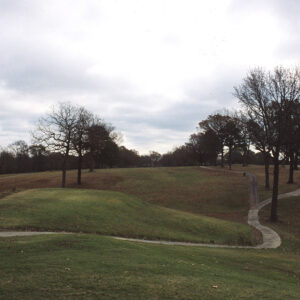 Greens at North Hills
Greens at North Hills
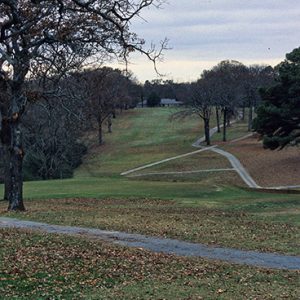 Greens at North Hills
Greens at North Hills
Greens at North Hills
aka: Sylvan Hills Country Club Golf Course
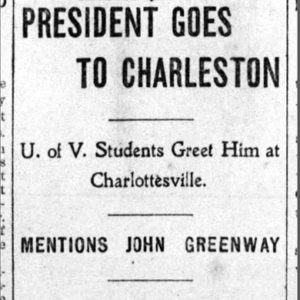 Greenway Rough Riders Mention
Greenway Rough Riders Mention
Greenway, John Campbell
 Greenwood Depot
Greenwood Depot
Greenwood Gymnasium
aka: Old Rock Gym
Greeson, Martin White
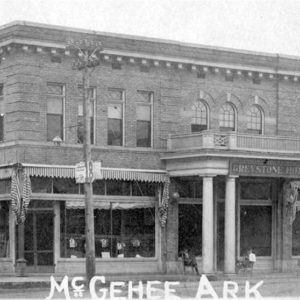 Greystone Hotel
Greystone Hotel
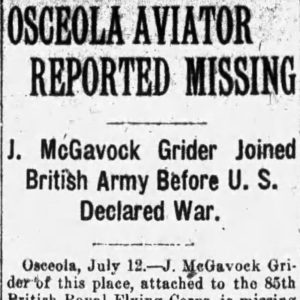 Grider Missing Article
Grider Missing Article
Grider, John McGavock
Griffin Auto Company Building
Griffithville School
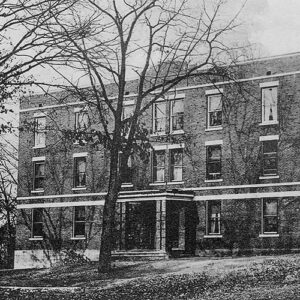 Grove Hall
Grove Hall
Grove, Ivan
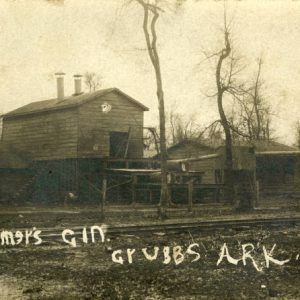 Grubbs Gin
Grubbs Gin
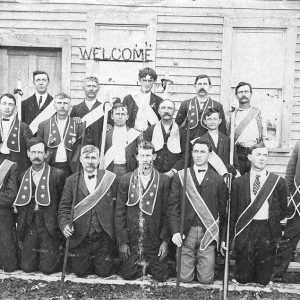 Grubbs Odd Fellows
Grubbs Odd Fellows
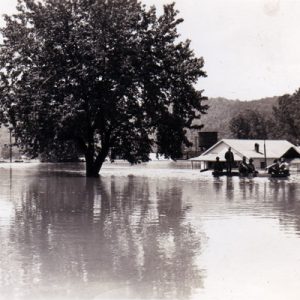 Guion Flooded
Guion Flooded
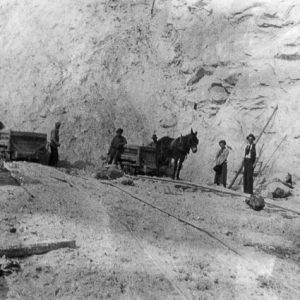 Guion Sand Mine
Guion Sand Mine
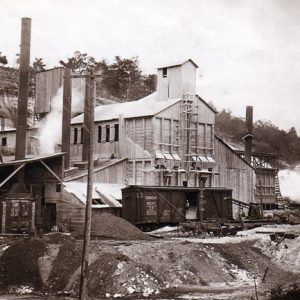 Guion Sand Mine
Guion Sand Mine
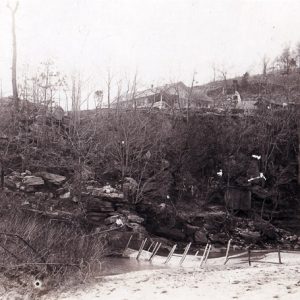 Guion after 1929 Tornado
Guion after 1929 Tornado
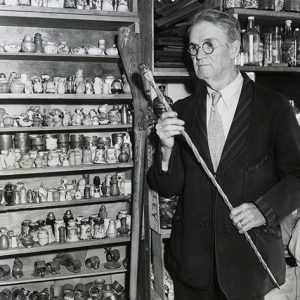 Louis Gulley
Louis Gulley
Gulley, Louis Corneil
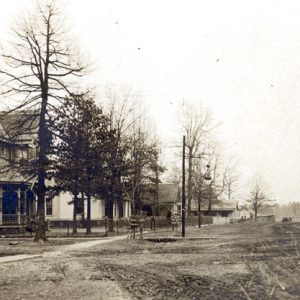 Gurdon (Clark County)
Gurdon (Clark County)
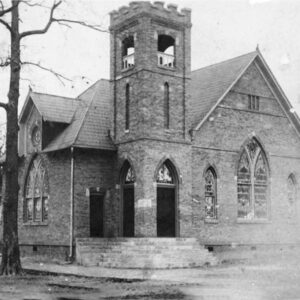 Gurdon Church
Gurdon Church
Gurdon Jail
Gurley, Ottawa (O. W.)
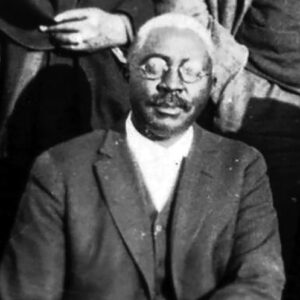 Ottawa (O. W.) Gurley
Ottawa (O. W.) Gurley
 Jeremiah Guthrie
Jeremiah Guthrie
Guy High School Gymnasium
Guy Home Economics Building
H. M. Anderson House
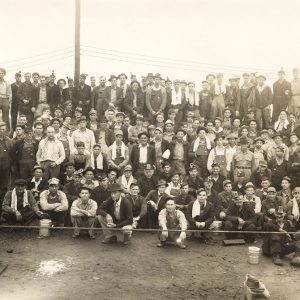 Hackett Miners
Hackett Miners
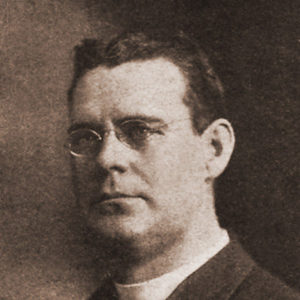 Thomas J. Hagerty
Thomas J. Hagerty
Hagerty, Thomas J.
 Haggard Ford Swinging Bridge
Haggard Ford Swinging Bridge
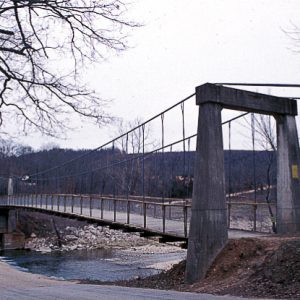 Haggard Ford Swinging Bridge
Haggard Ford Swinging Bridge
Haggard Ford Swinging Bridge
aka: Bear Creek Bridge
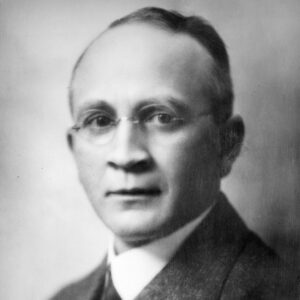 Hal L. Norwood
Hal L. Norwood
Halbrook, William Erwin
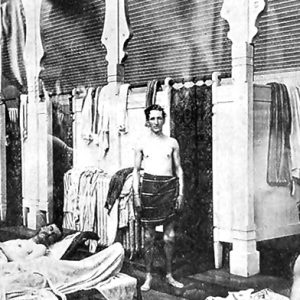 Hale Bathhouse
Hale Bathhouse
Hale Creek Bridge
 Hale Creek Bridge
Hale Creek Bridge
 Haley Lynching Article
Haley Lynching Article
Haley, Loy (Lynching of)
 C. G. "Crip" Hall
C. G. "Crip" Hall




